|
Since I started working in the jungle of Kabalebo, I was able to overcome some of my fears. For example: my fear for snakes and for unknown species. Being away from society for months in a row, away from the other 'jungle' called Paramaribo, I was also forced to speed up the process. Of course it was scary at first, but then my curiosity took over from my fear. Years have passed since then and it only got better and better. Now I enjoy every moment how I am being greeted by nature day and night. Boyke, the ocelot, is a gift and a blessing for me. I started to feed him since 2013. Sometimes he waits for me until I arrive with his food. He is so at ease when I look at him. I still can't believe that there is a bond between us. Every morning I am being greeted by this little agile fellow: Plain-crowned Spinetail. He is a joy to watch and gives me the energy to also start my day early. This Tukeit Hill Frog (Allophryne ruthveni) is the little clown that brightens my rainy days. Sometimes I find him in my bathroom or sink, but most of the time on a leaf. Such an adorable beauty! After finishing my work in the hotel, I went home all tired. And surprise, surprise .. a Nine-Banded Long-nosed Armadillo (Dasypus novemcinctus) was 'waiting' for me right in front of my doorsteps. I immediately forgot about being weary. How about this for a morning surprise: a Porcupine on the balcony. I guess it was lost and rested a little bit. Just when you are about to take a shower, you notice that, for example an Emerald Palmsnake (Philodryas viridissimus viridissimus) is taking a nap in your bathroom. What would you do next? In my case: shower later … photoshoot now. I never learn from my past experience: to close the bathroom windows. This Slender Tree Boa (Corallus Enydris Enydris) was also taking a nap in the bathroom. And once again for me: shower later …. photoshoot now. In the past I wasn't fond about toads and frogs. I made a drastic U-turn since I moved to the jungle. Just look at this beauty: Suriname Golden-Eyed Treefrog (Trachycephalus coriaceus). A real joy to watch. I was so fascinated by this little fellow, a Glass frog, that there was no room left for fear. I found this unexpected but welcoming 'guest' inside one of the hotel rooms. Luckily he was accepted by everybody. We found this Red-tailed Boa in the garden. I first wanted to finish my paperwork in the hotel so it kept me company for a while. The first time that I spotted this plant hopper, I thought that it was an 'alien' kind of creature. Years later I discovered that it had so many names: Fulgora laternaria, Lanternfly, Peanut bug, Peanut-headed Lanternfly or Alligator Bug. Such pressure … to carry all those names on your small shoulder. I guess that word has spread, in the animal kingdom of Kabalebo, that I am writing about them. Some are shy but others want to become famous. Like this Blue-flanked Treefrog (Hypsiboas calcaratus). While I was busy finishing my paperwork, he suddenly appeared from behind the computer. That is what happens when your office is outside than inside a building. Surprise!!!
These are some of my wonderful neighbors. We don't speak the same language but luckily we enjoy both our community: Kabalebo. Over the past 5 years I've seen how many parents were taking care of their offsprings. Some were very protective, while others were very proud to show their young to the outside world. Here are some family members from the Fauna world of Kabalebo: Red-rumped Agouti: in general Red-rumped Agouti's are already small in size. It was adorable to see a 'mini' Agouti following into its mothers' footsteps. Giant otter: during a boat trip I noticed that this mom was *suckling her young next to the Kabalebo river. What happened next is that the other members of the family were starting to distract us while she went hiding in the dense bushes with her cub. *suckling: feeding a young animal from the breast or teat. Common Squirrel Monkeys: during a lunch break of the whole group, this young was still clinging onto its mothers' back. Three-striped Poison Frog: I found this proud father in a puddle ready to let go of his children. Brown capuchin Monkey: even while she was eating Maripa nuts, her offspring never let go. Red-footed Tortoise: actually these two are not related to each other. I only put them together to show the difference in size. Red Howler Monkey: the little monkey only left his mothers' back when she was eating (up side down of course) Lowland tapir: this little one (!!) was following in his mothers' footsteps…. literally. He still walks the same route he did when he was still in 'stripes'. Black Curassow: I spotted this little one taking a morning stroll with his proud parent. He still needed some work with his hairdo. Capybara's: the newest members of this Capybara clan were taught at early age to take care of themselves (for starters …. eating independently) Black-throated Mango: only a few days old and this hatchling already knows that it is feeding time. Look how patient and careful the mother is while feeding. and finally …. the proudest parent of Kabalebo: Lotje, the ocelot. Since discovering the feeder she never left the scene. Now she isn't worried anymore about starving when she is unsuccessful during hunting time. She raised two offsprings all by herself: Katja (the eldest) and Spotje (the youngest) Her first born is now all grown up and is already independent. Her second born is now being taught the finest art about surviving the wildlife in the jungle. Here is Lotje with her second born, Spotje. She is a great and wonderful mother. She makes sure that her kitten doesn't grow up into a spoiled adult ocelot. So I'm not worried.
Hummingbirds are known for their unique way of flying and of course their colorful feather display. They are amongst the smallest and fastest birds in the world, which also makes it into a challenge for me to photograph and identify them correctly. But once I succeed I forget about the whole endure. Patience and perseverance are the best ingredients for success. The Crimson Topaz (Topaza pella) was one of my greatest challenges. Most of the time I've seen the Crimson Topaz on the river, feeding from blossoming flowers of the Inga tree or the Monkey Brush vine. Imagine to try and take a picture on a moving and unstable boat: Mission Impossible (for me)!! What makes the Crimson Topaz so special for me is that in the first place it is the largest hummingbird (19 cm length) I've seen so far in Kabalebo. Second is of course its color display. This is where the sun needs to be involved too. Because without the sunlights it looks like a dull looking hummer. But when the 'lights' are on ….. an incredible plumage set on FIRE!! Not only did I manage to photograph the colorful display … I was also fortunate to witness their breeding system. March 27 - 30th, 2014: I went to check on the River Cabins when I suddenly heard a familiar sound. In a split second I found the culprit: a handsome male Crimson Topaz. Since the River Cabins are near the Kabalebo river it was no surprise to see him there. The Monkey Brush vine (Combretum rotundifolium) was blooming in abundance. March 31 - April 1st 2014: I noticed that he was defending the vine with all his might. Constantly chasing away other hummers (Fork-tailed Woodnymph and Grey-breasted Sabrewings), except for one particular hummer: a female Crimson Topaz (of course) It became clear that he wanted to mate with her, since he was very polite towards the female. Suddenly I noticed a second male was also in the neighborhood: rival Crimson Topaz (villain Crimson …) The second one was even more aggressive in his approach towards the female. Right above me he rudely tried to 'waltz' with her (so it seems) …. giving me of course also the opportunity to 'capture' this unique moment. The villain had something to prove … he is the main MAN, the center of attention or the boss. Either way he proved his point by showing off his delightful feathers in direct sunlight. I would rather call him MAN ON FIRE!! He was one hot little hummer. And he was right … I was stunned. April 3 - 5, 2014: the female didn't mind all the attention. She just wanted to feed on the nectar.
Between March 27 - April 5, 2014, I was present between 10.00 - 11.00/14.30 - 17.00 hours. I have to admit that those were also the unbearable hours during the time. But also the best time for some action and also see the beautiful colors too at the same time. All three were also used with my presence, allowing me to get closer for some memorable shots. On April 6th 2014 all three were gone. Possibly one of them succeeded in his mission. They surely went their separate way. Bananaquits (Coereba flaveola) are known as Bakbatitri (Suriname) or Suikerdiefje (Nederland). They are common widespread little birds who are not afraid of other bigger birds (tanagers or flycatchers) They favor nectar from blossoming flowers or the juice from berries. The fearless ones even treat themselves on sugar directly from (coffee) tables. Luckily for us, Kabalebo's bananaquits are either well-behaved birds or they haven't discovered the sugar pot (yet!) The Bananaquit is a small active bird, who usually forages alone or in pairs. For years I have been observing and photographing these tiny agile buddies. Even though I see them on a daily basis, they are still fascinating (just like all the other birds) for me. On many occasions I saw them building nests, but none of them were actually used for nesting. It seems that these birds also make dummy nests as a distraction (smart little fellows) Luckily I was finally rewarded with a real nest. The Bananaquit is an ingenious architect; a handful of dry grass/cotton between 2 branches with side-entrance (so the eggs/chicks are well protected against the sun/rain) The nest was right next to the lodge stairs, so it was easy for me to take notes (after every 2 days): The next day, 22.11.14, they both flew out of the nest. It was indeed a short but educational observation.
|
Archives
June 2024
Categories
All
|
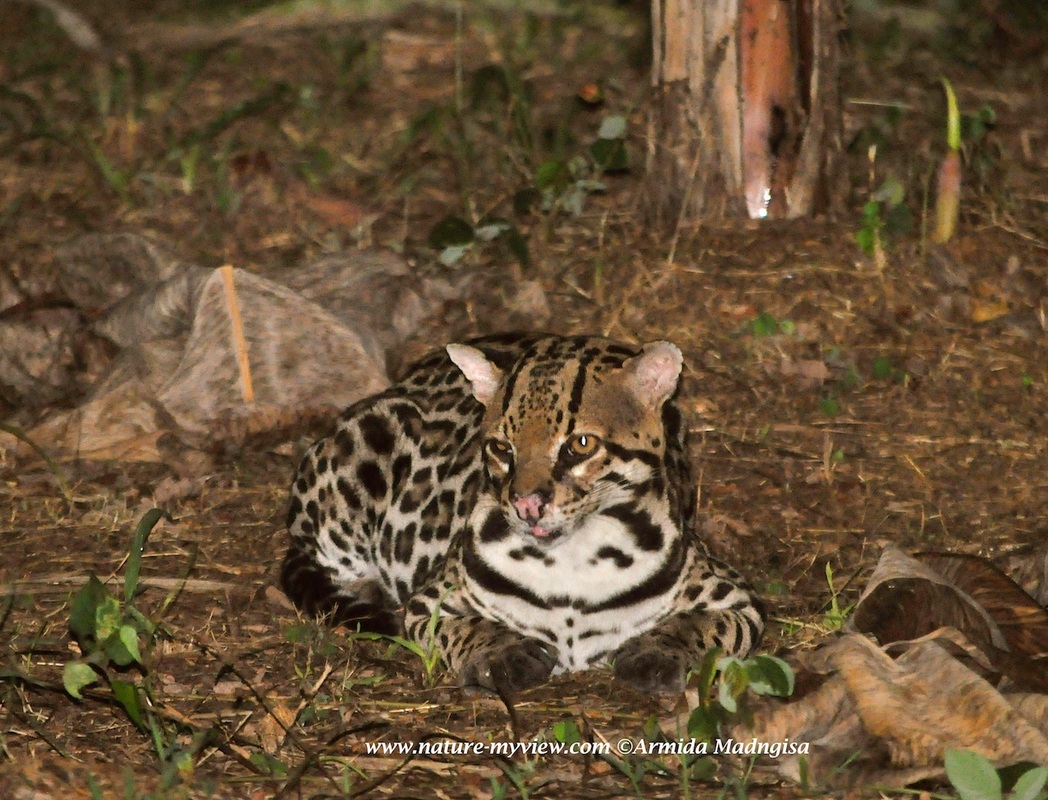

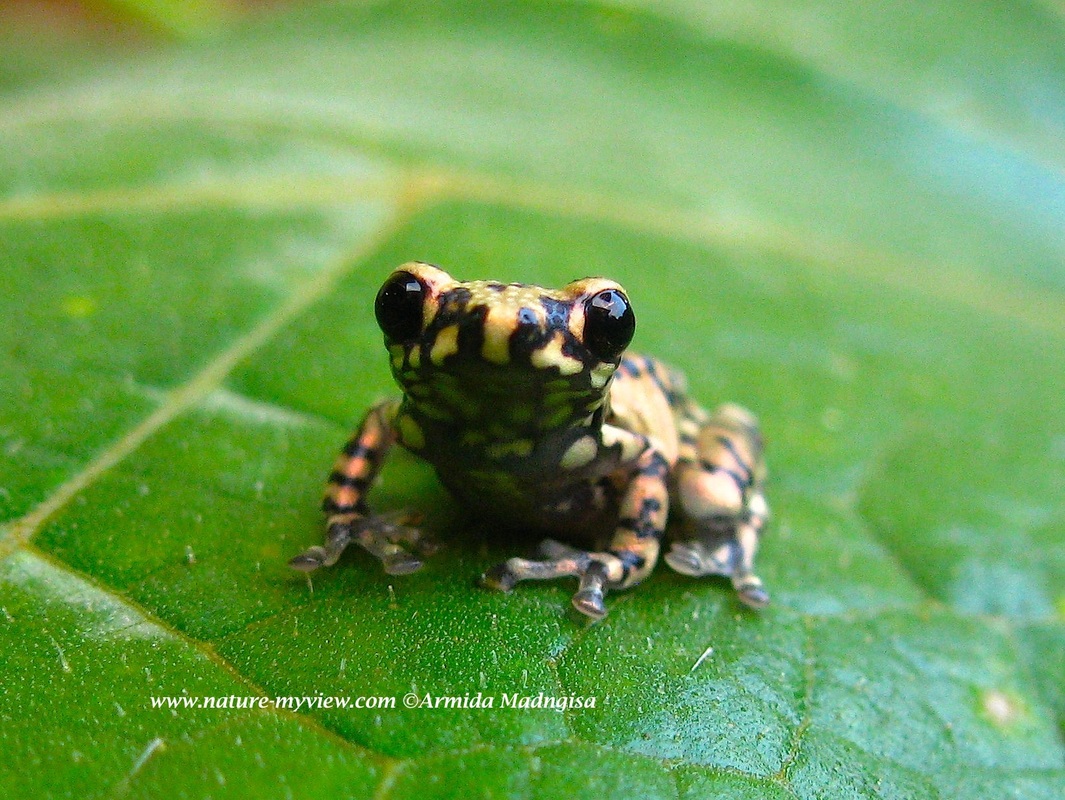
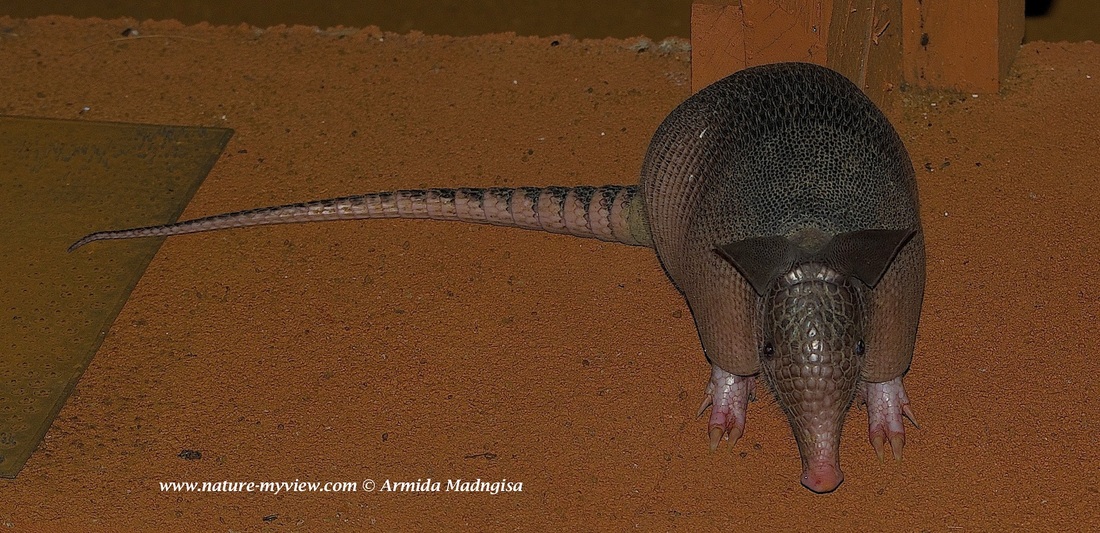
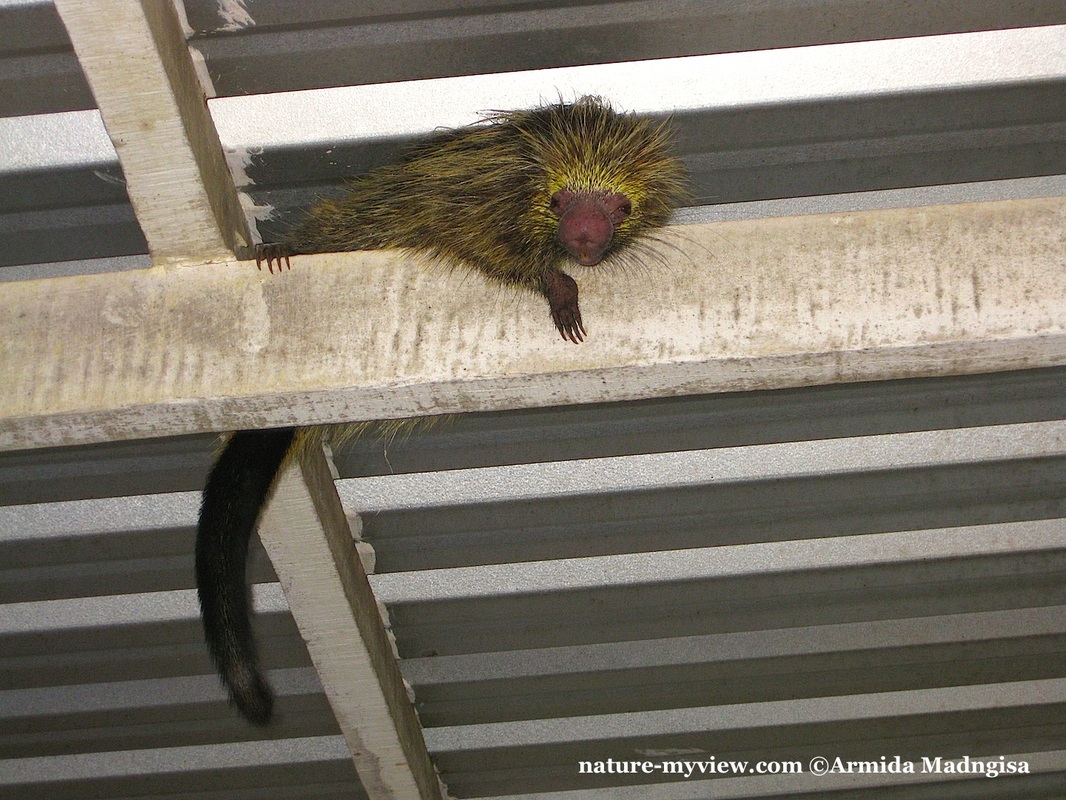
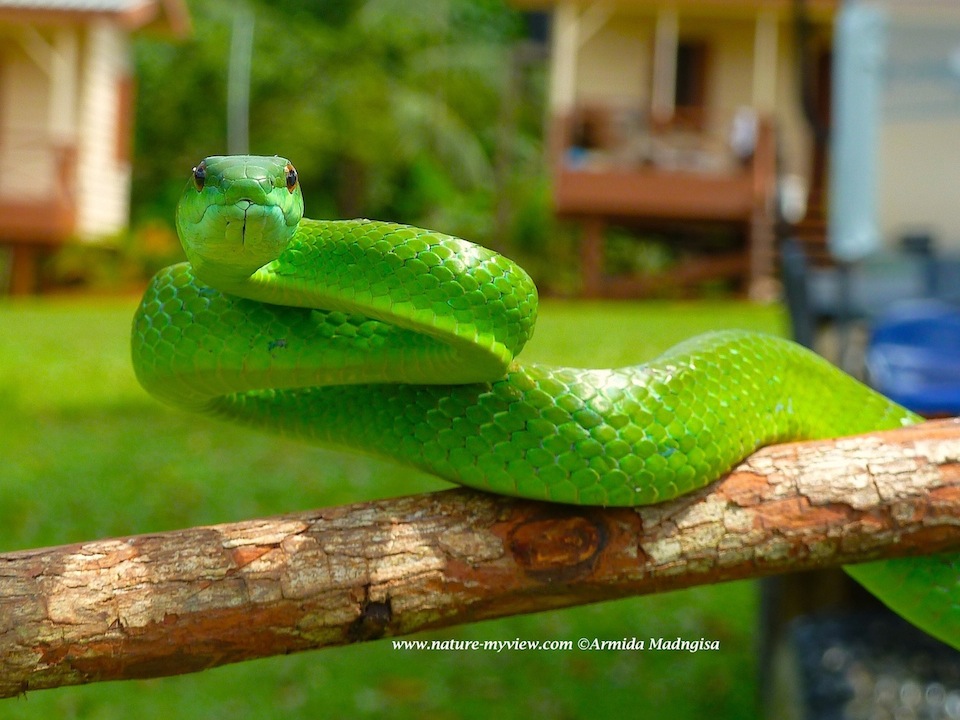

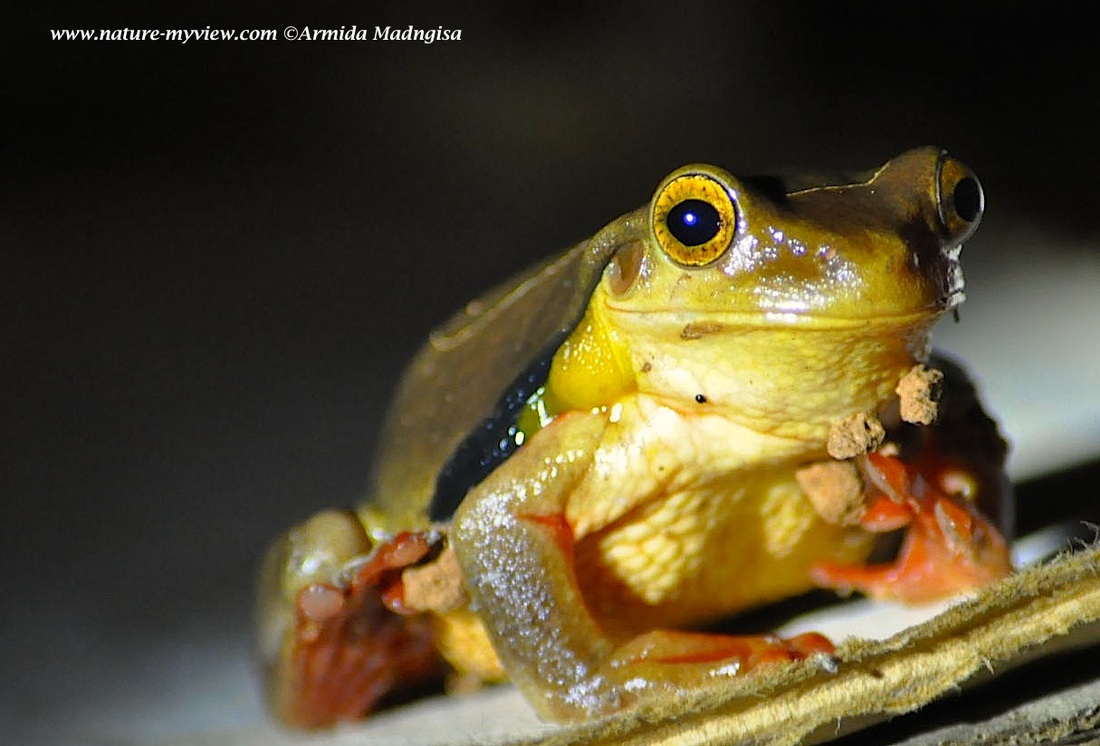
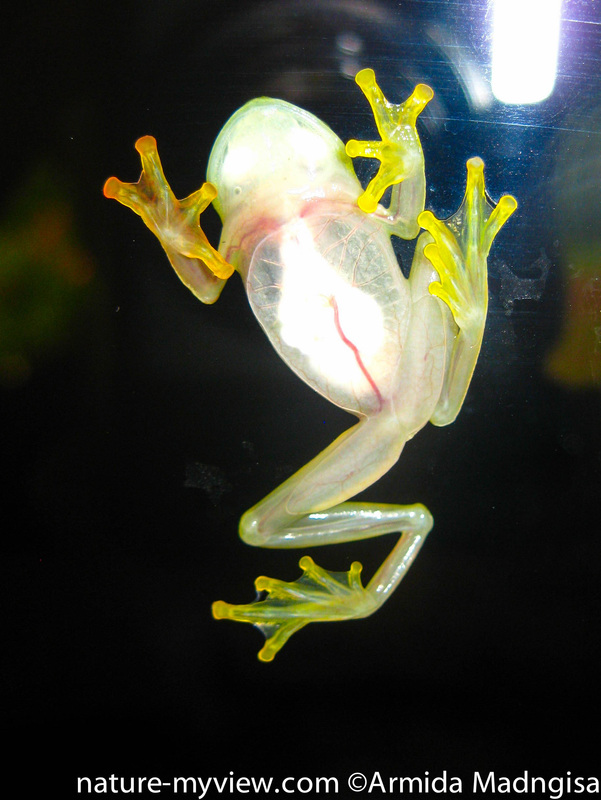
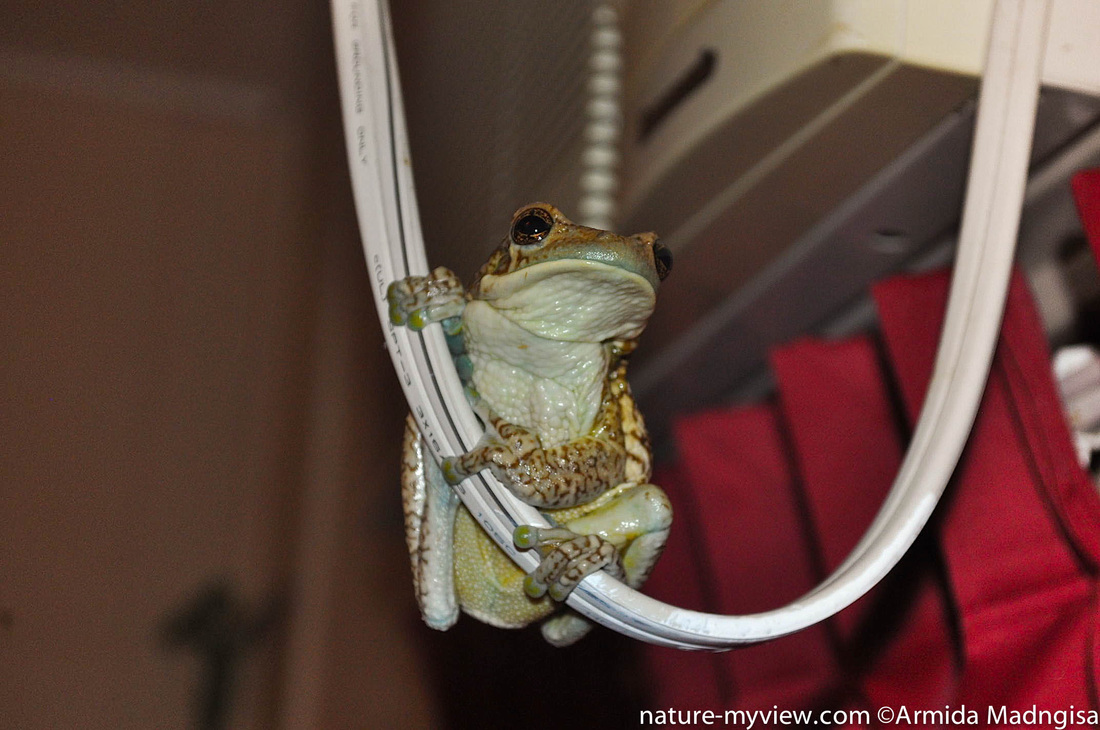
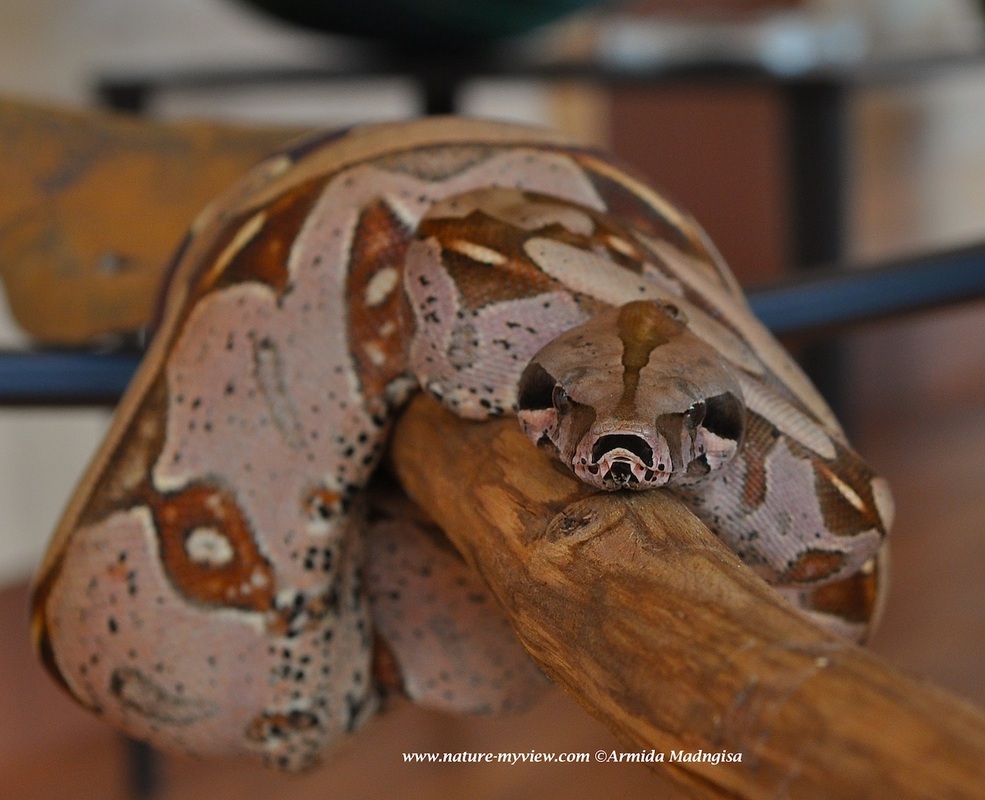
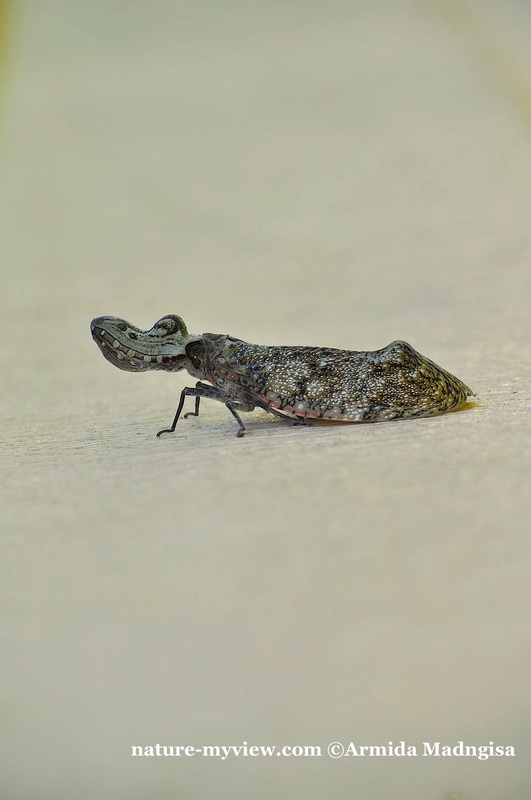
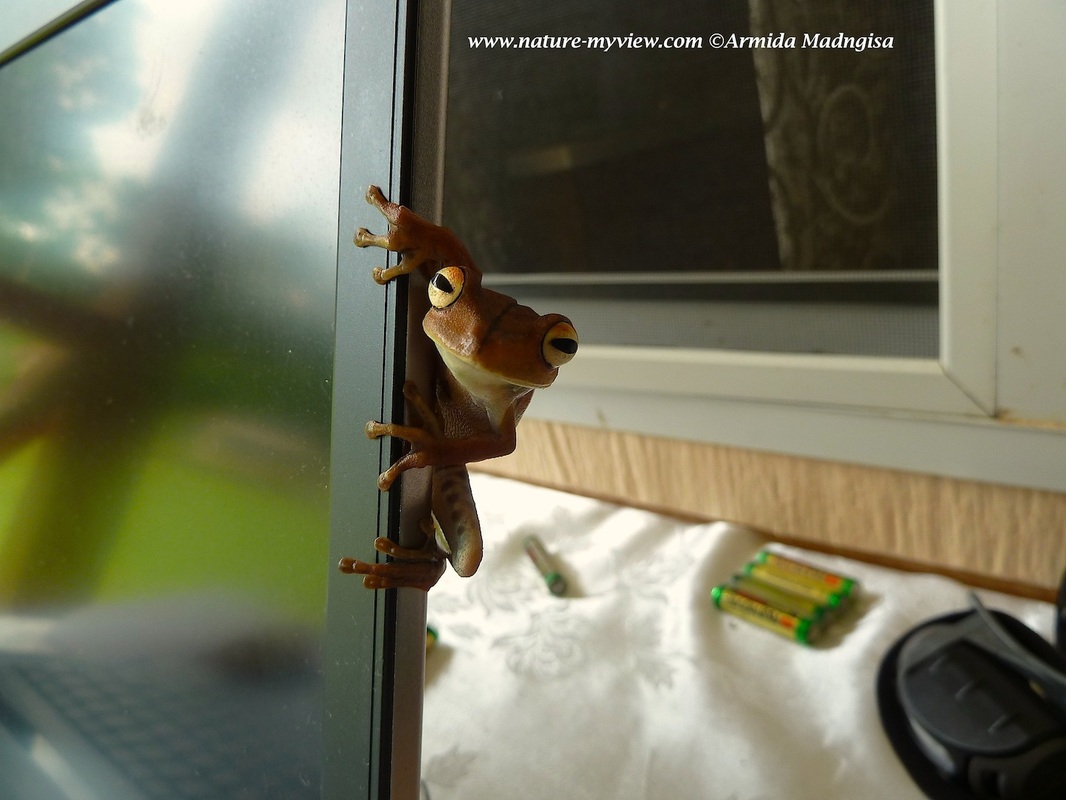
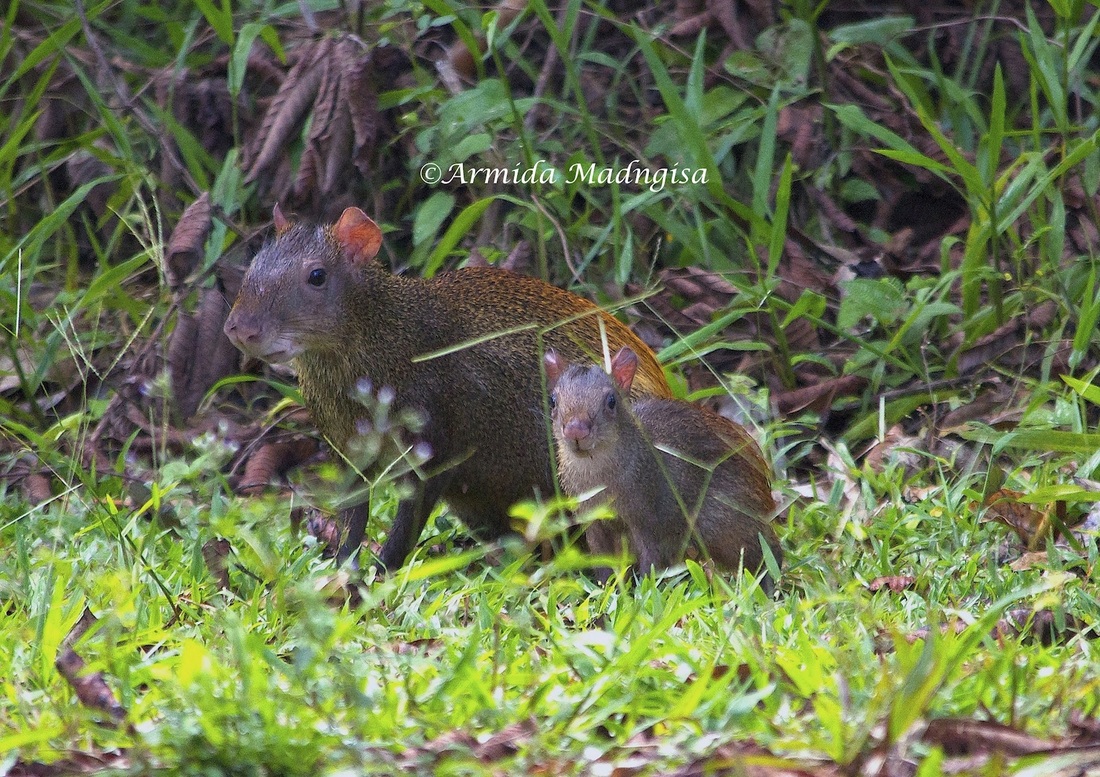
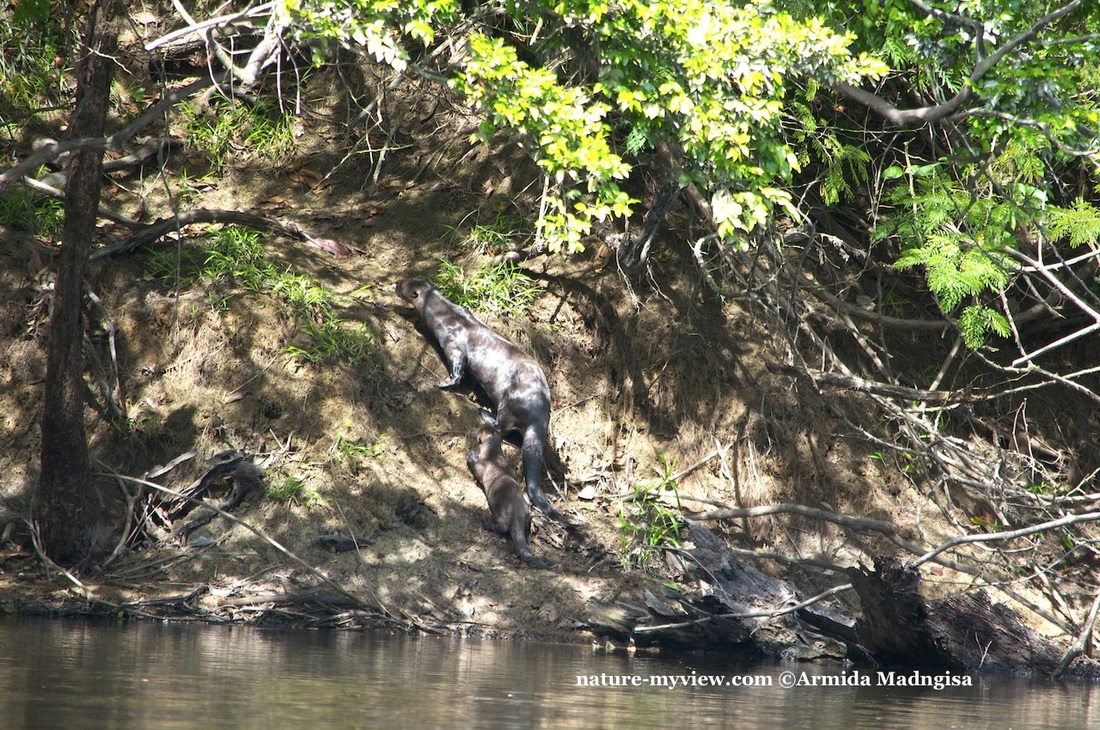
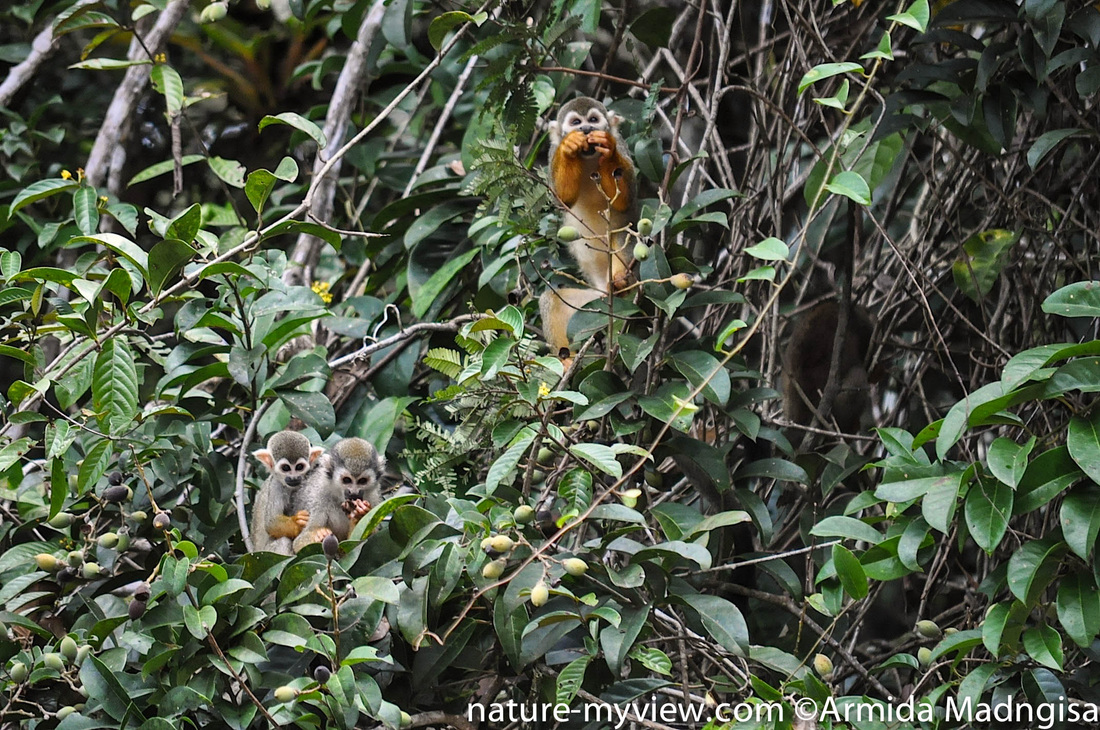
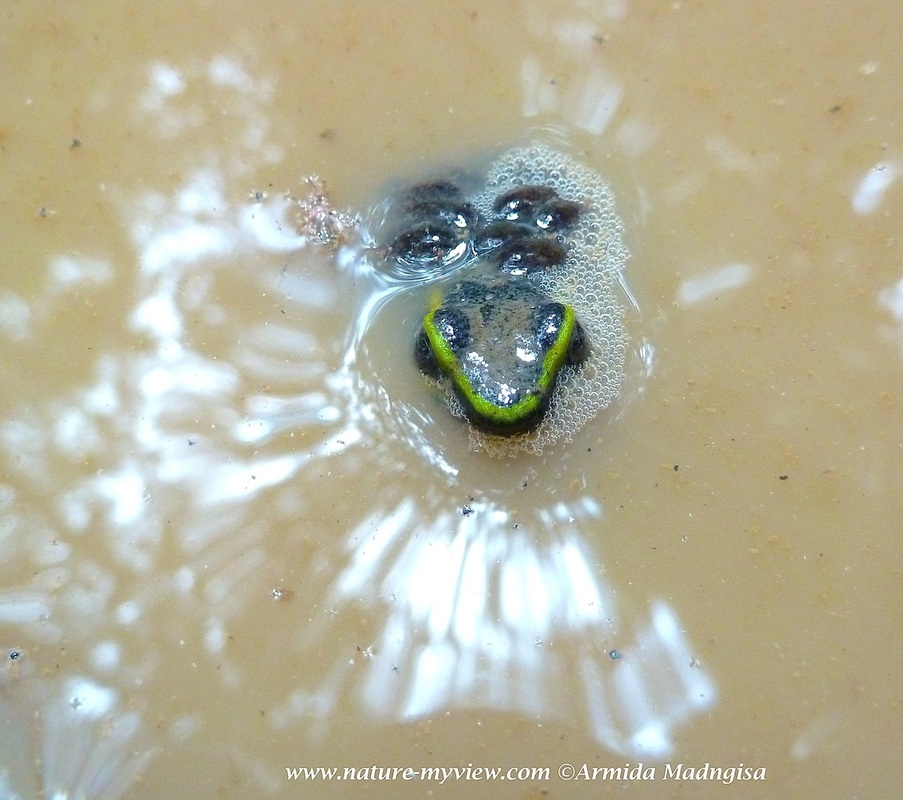
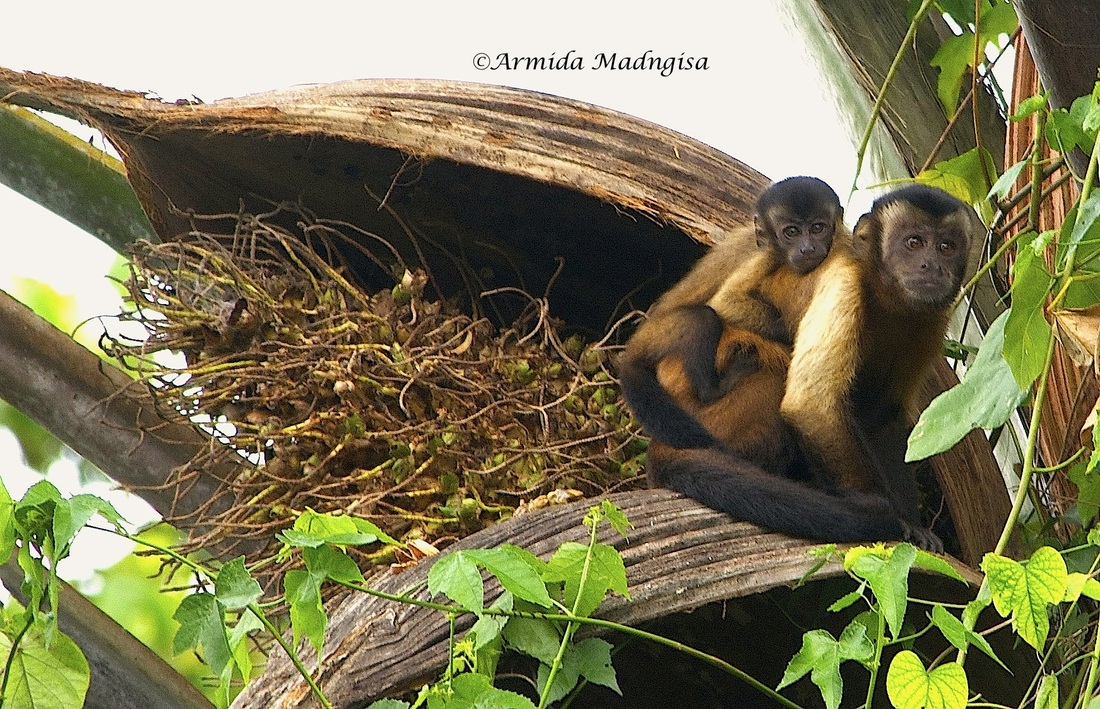

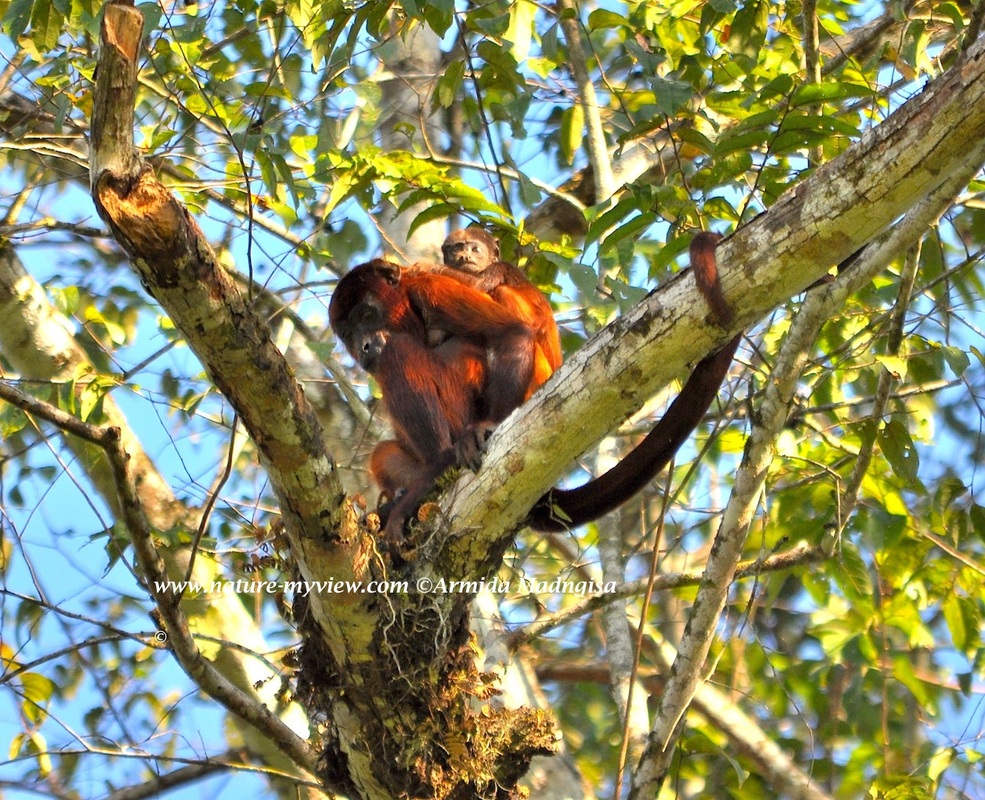
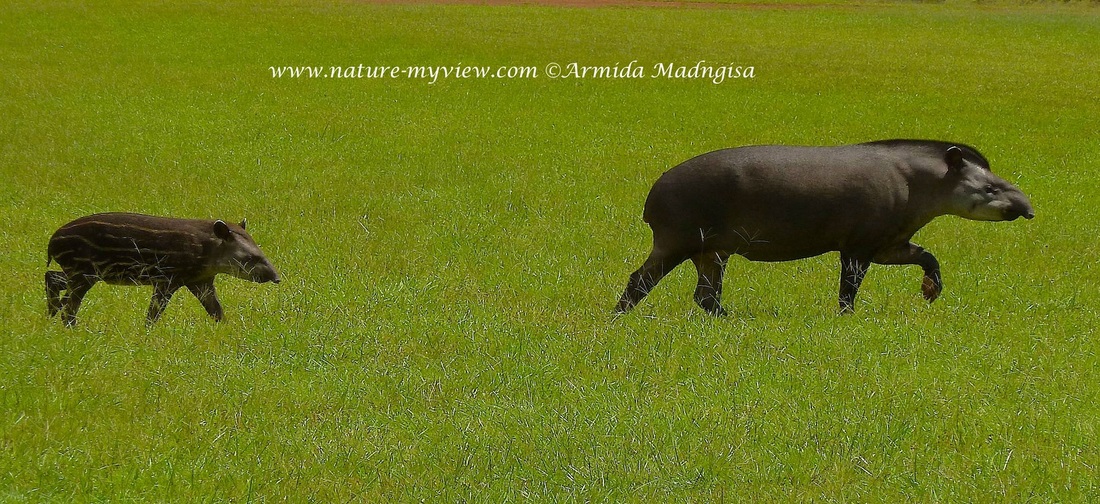
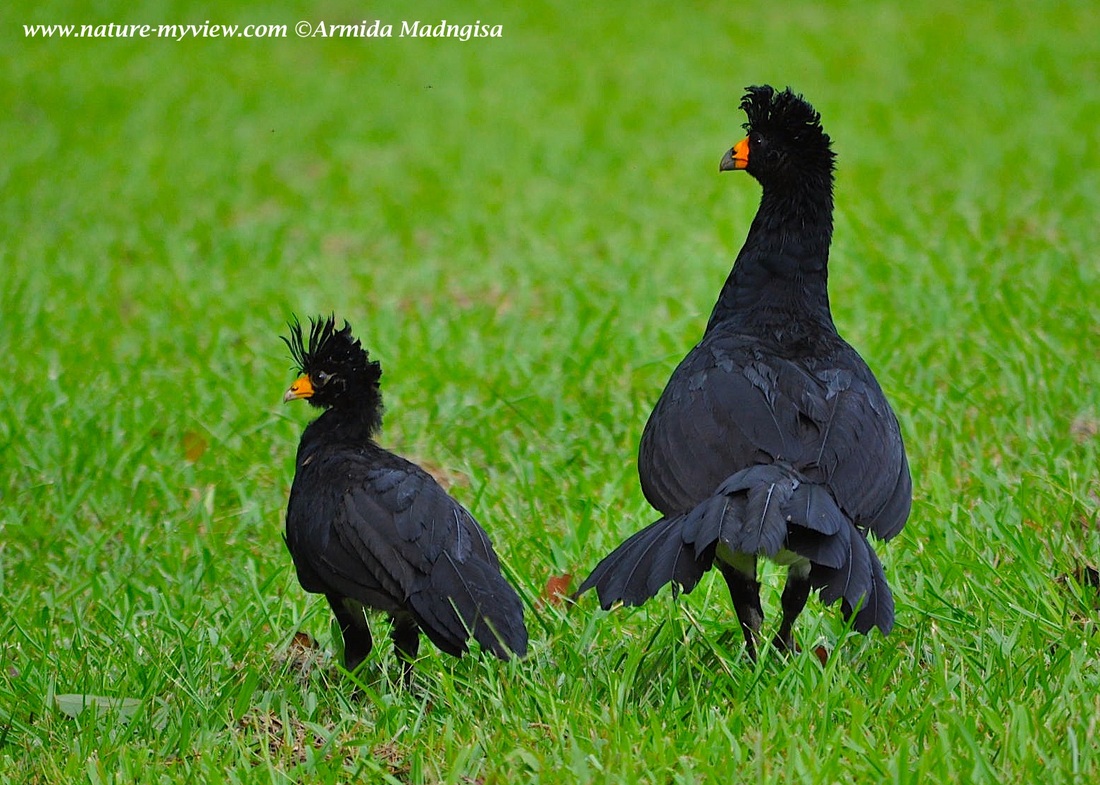
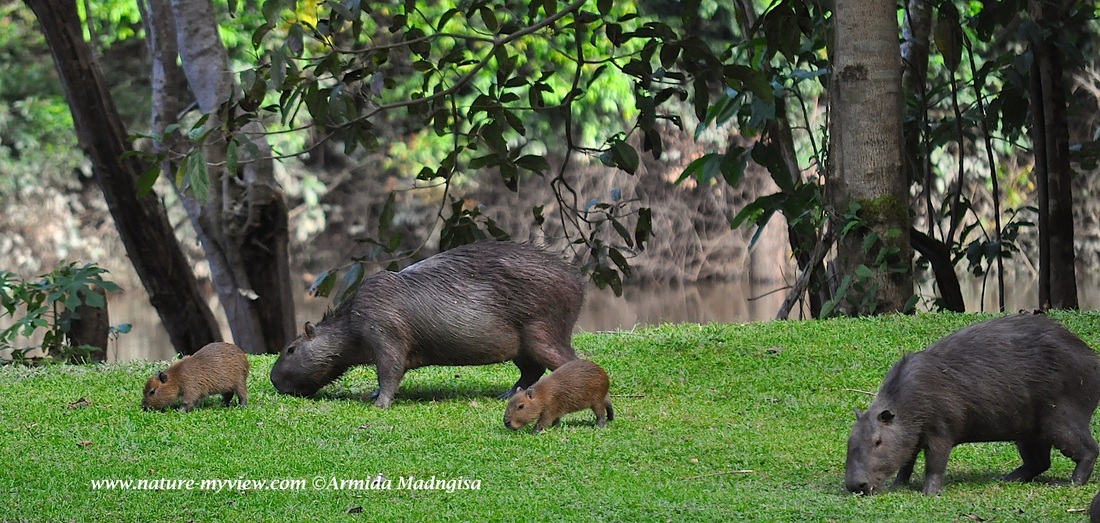
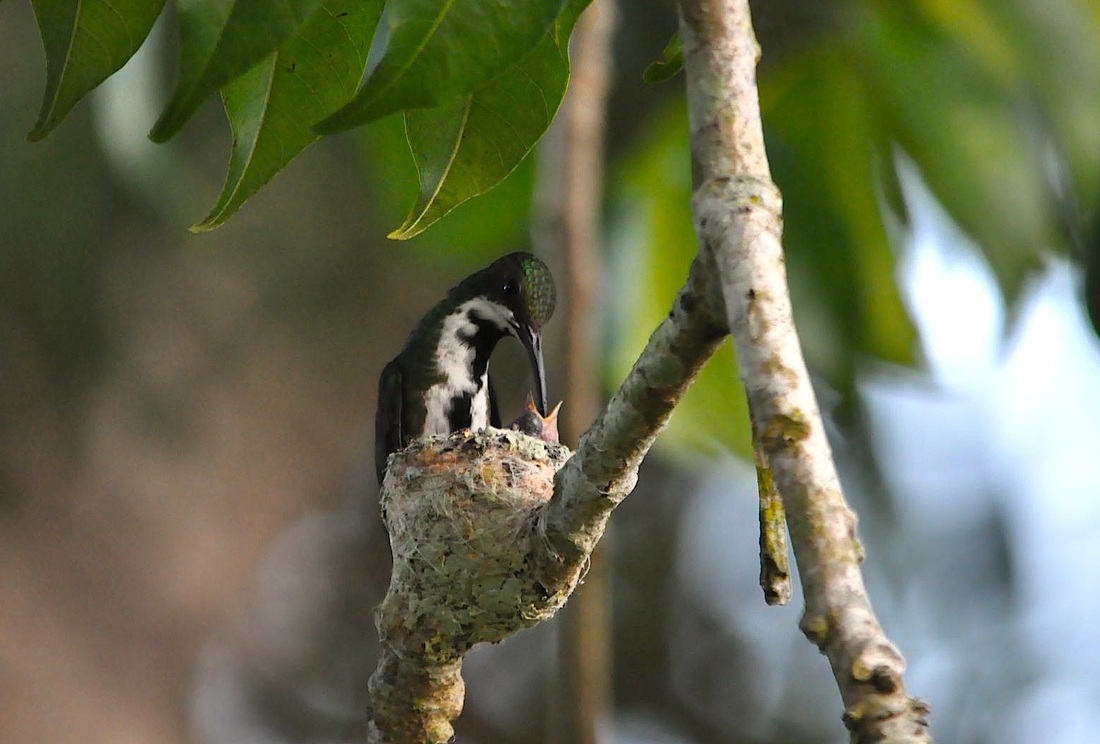
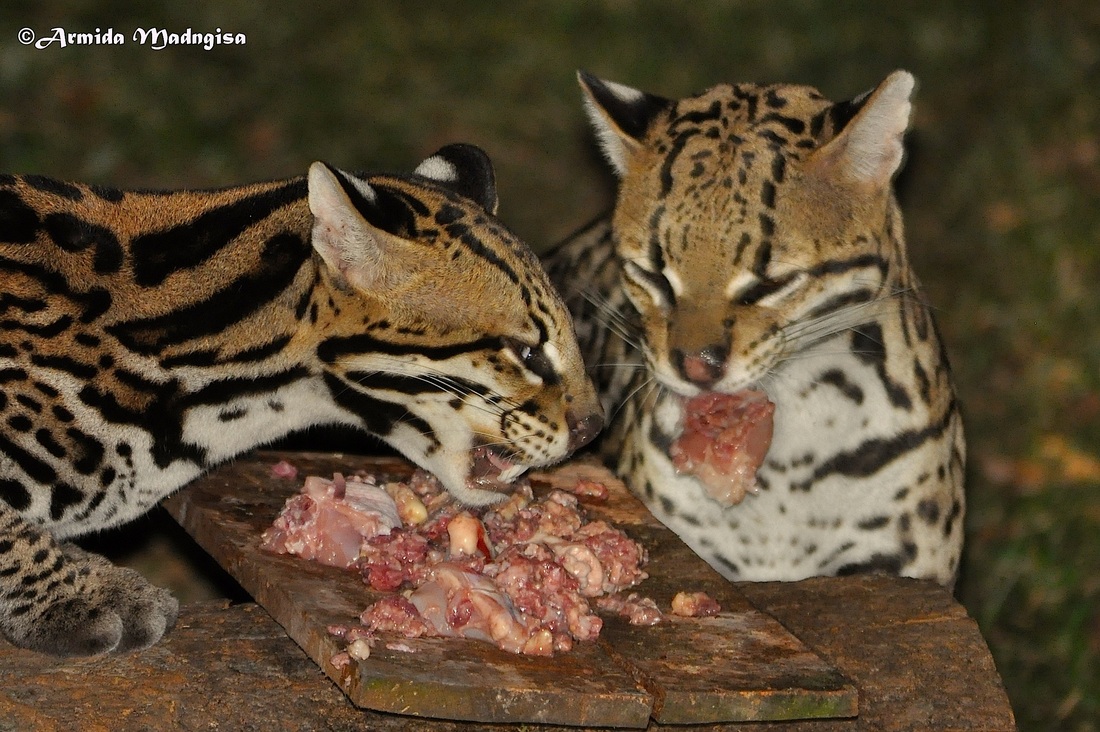
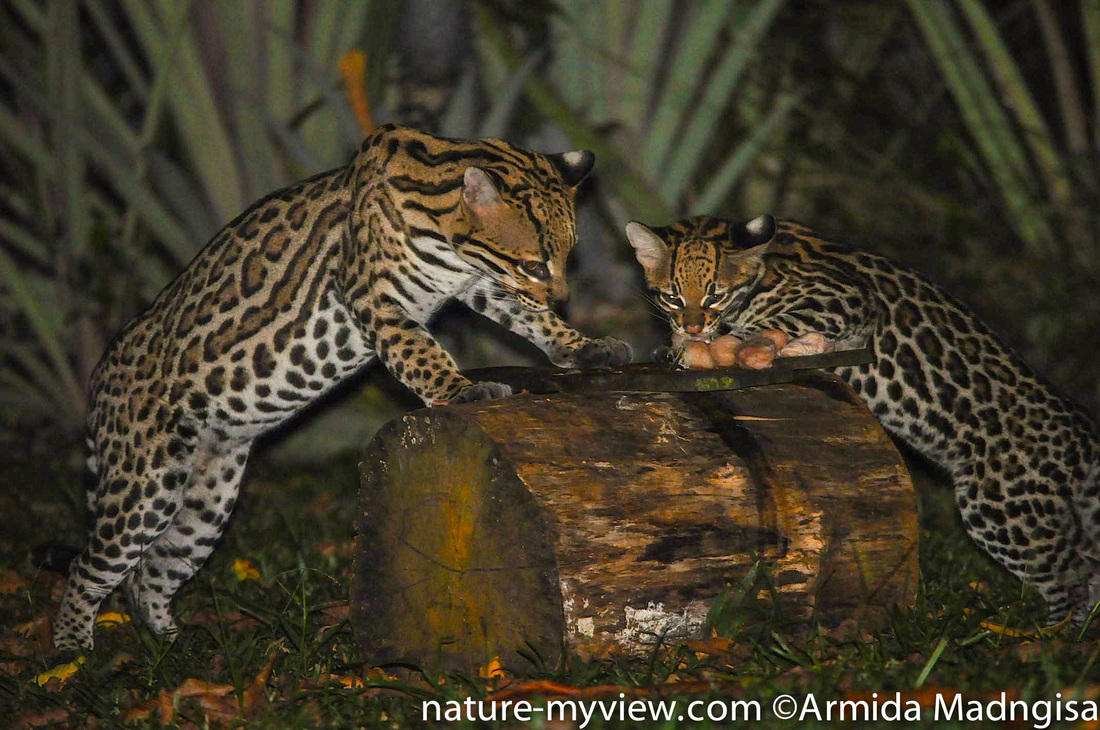
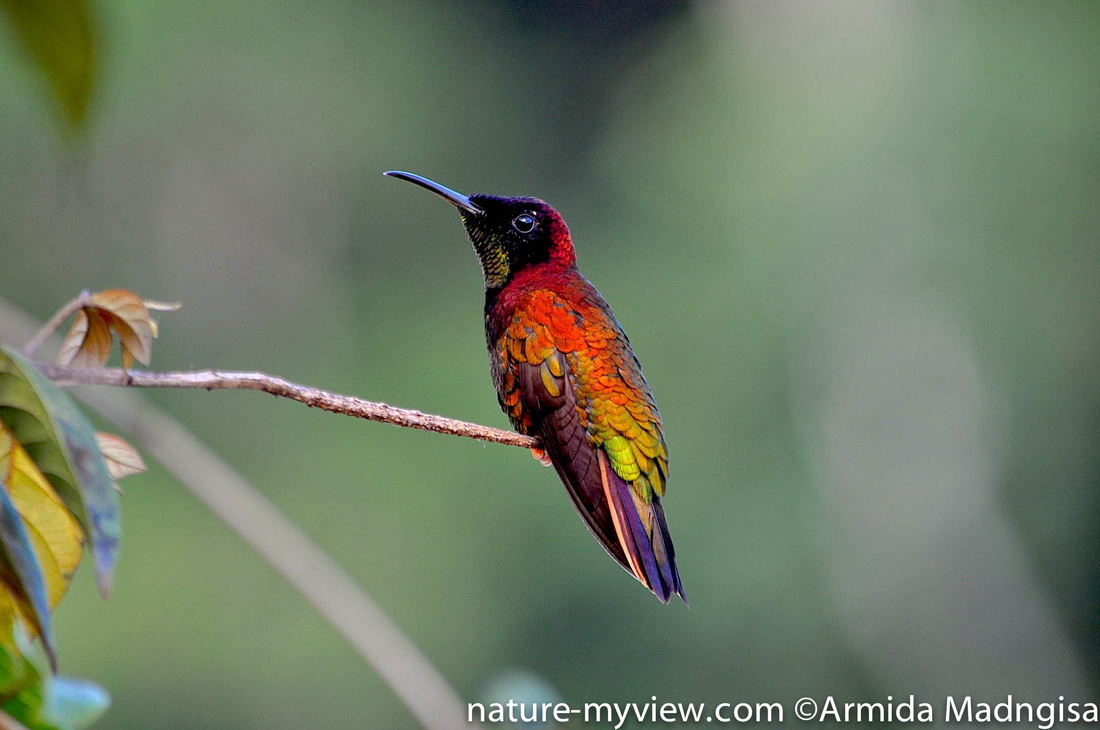
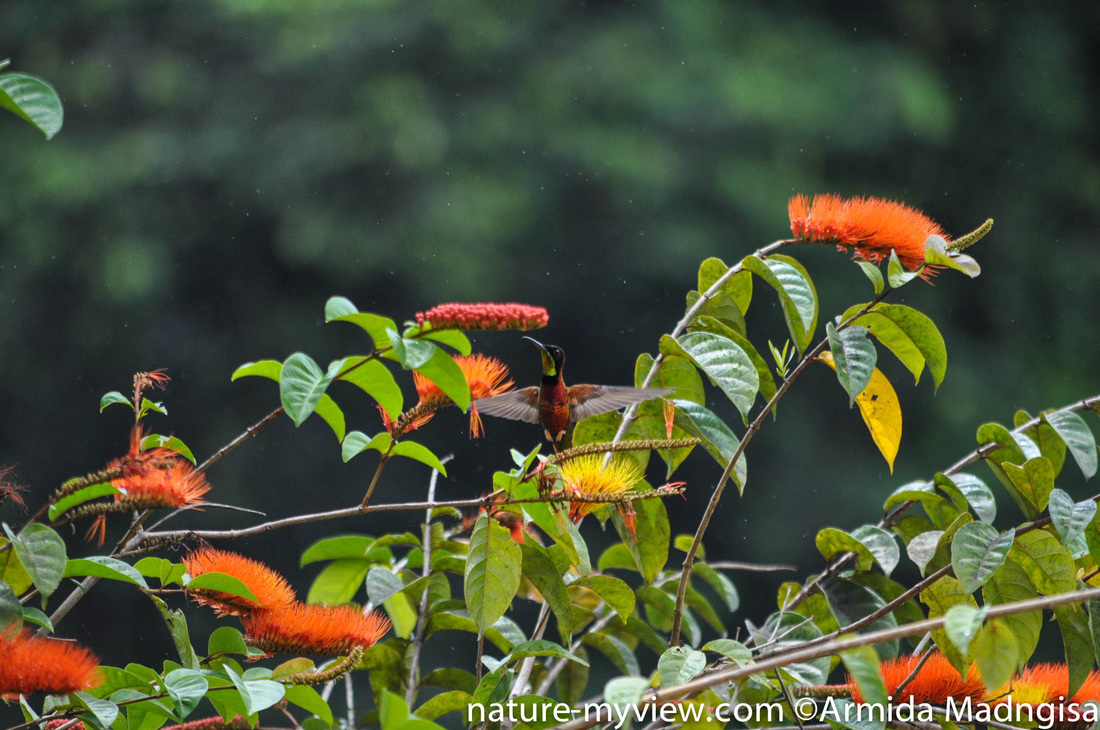
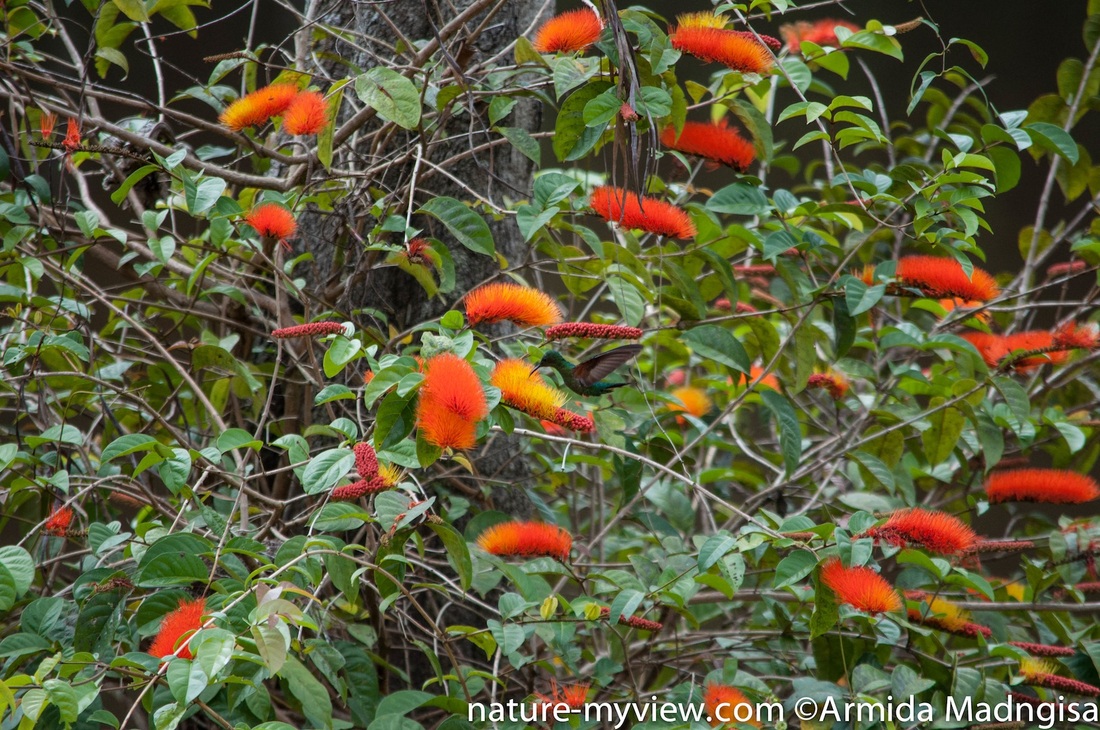
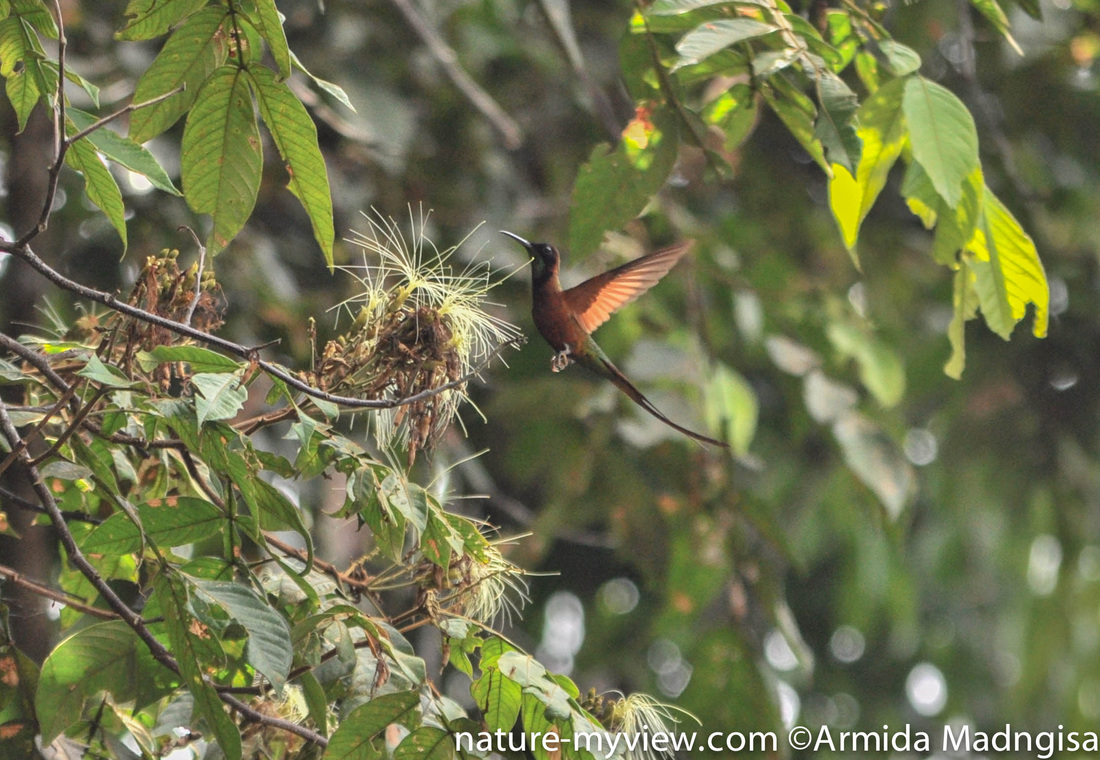
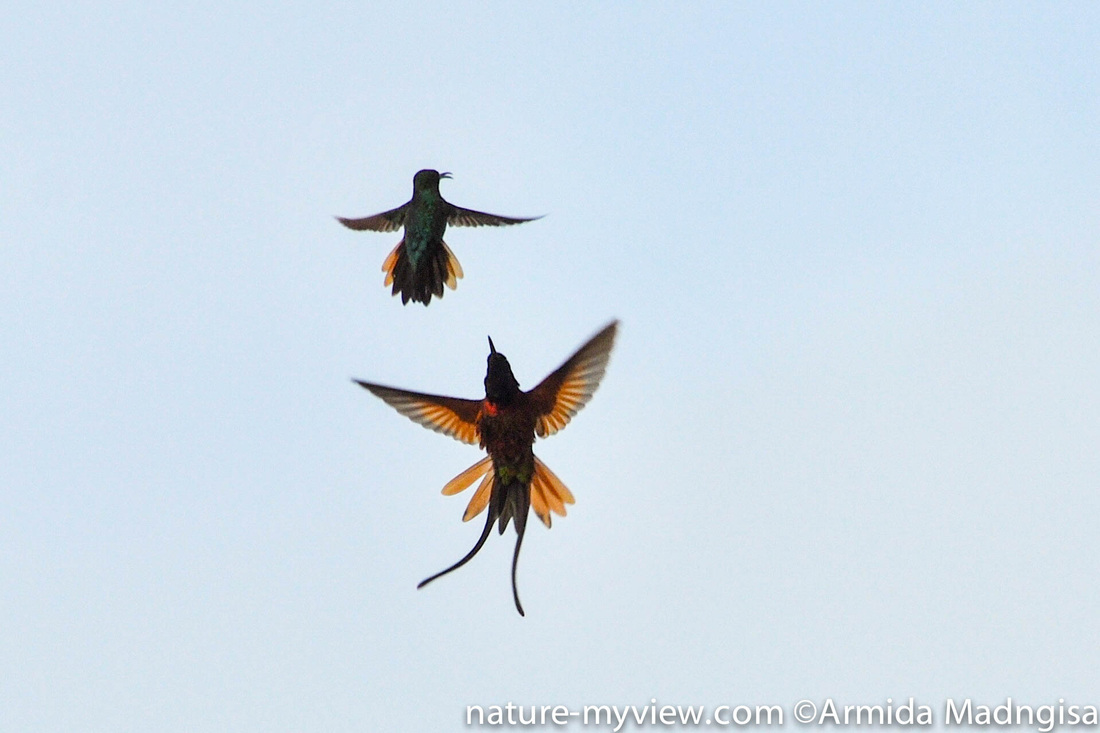
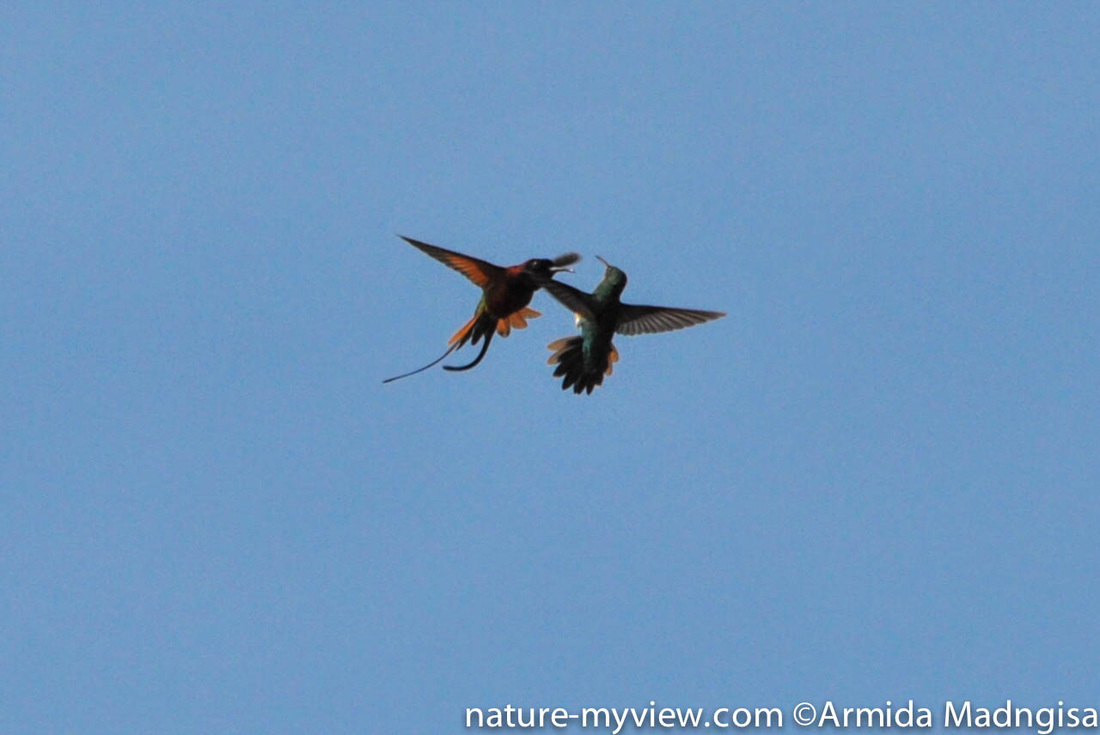
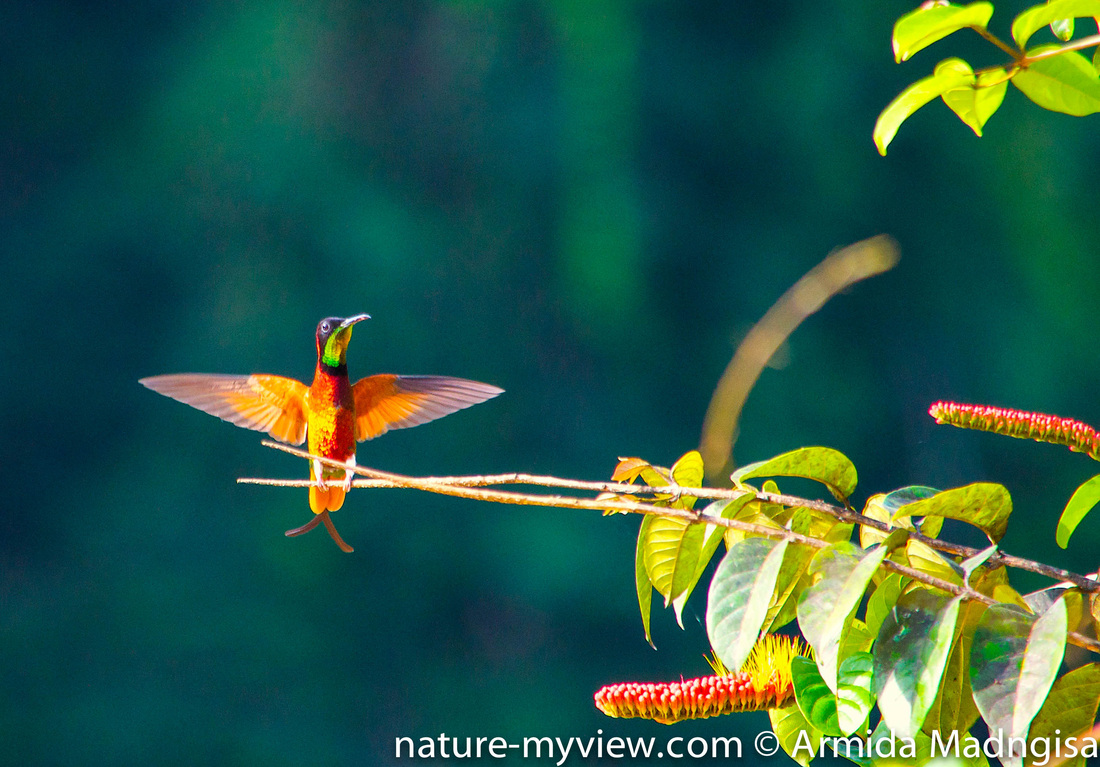
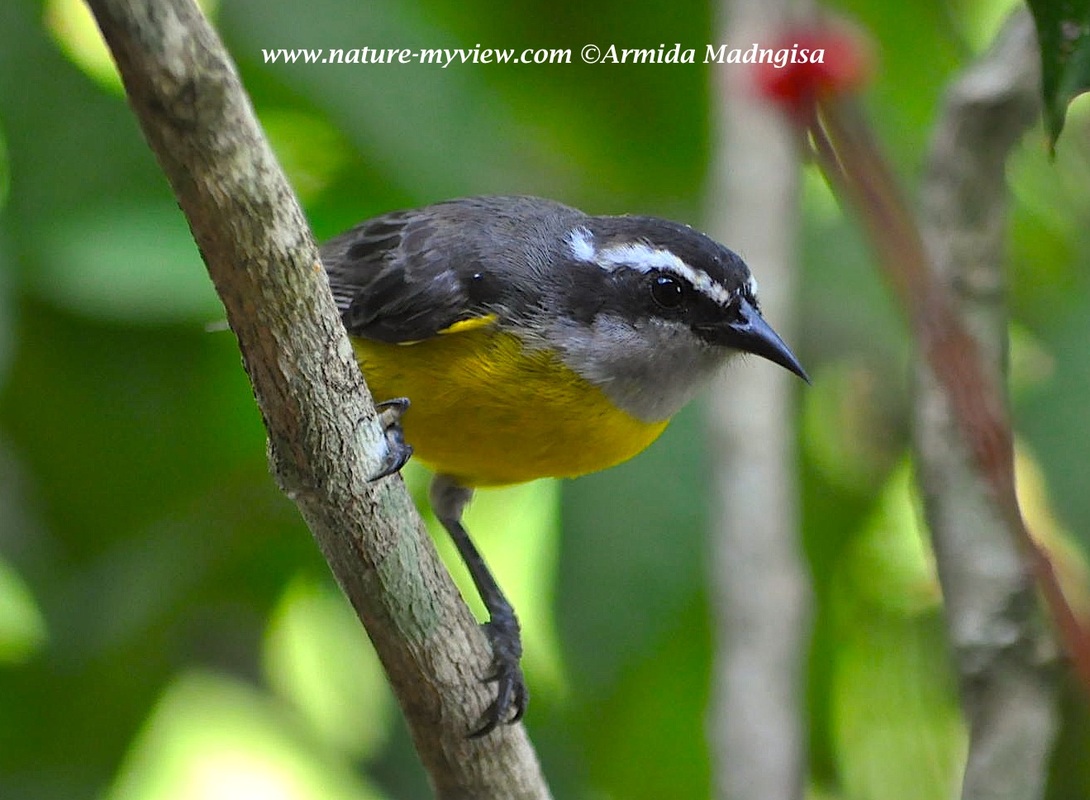
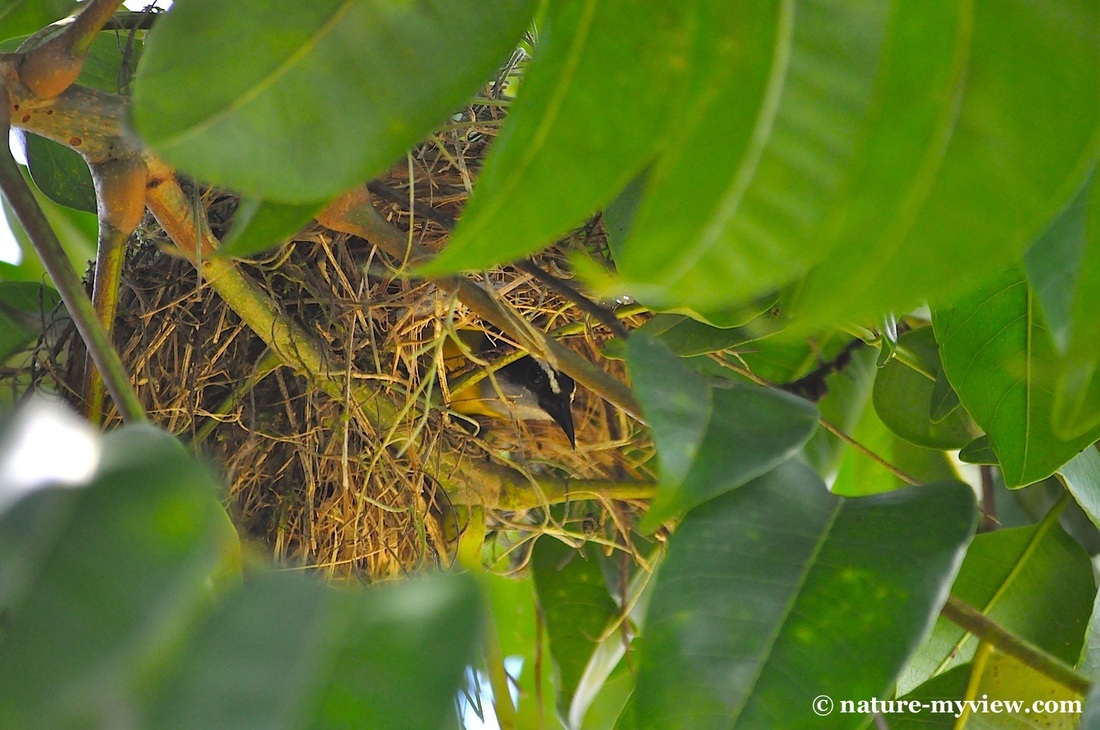
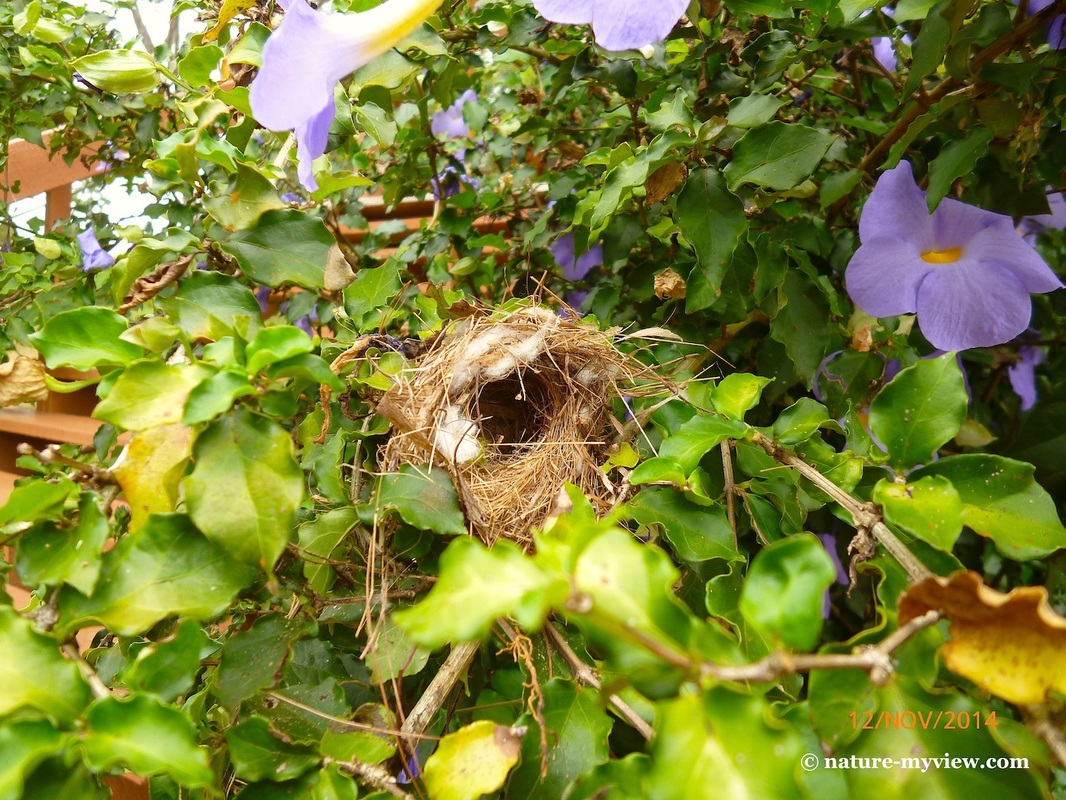
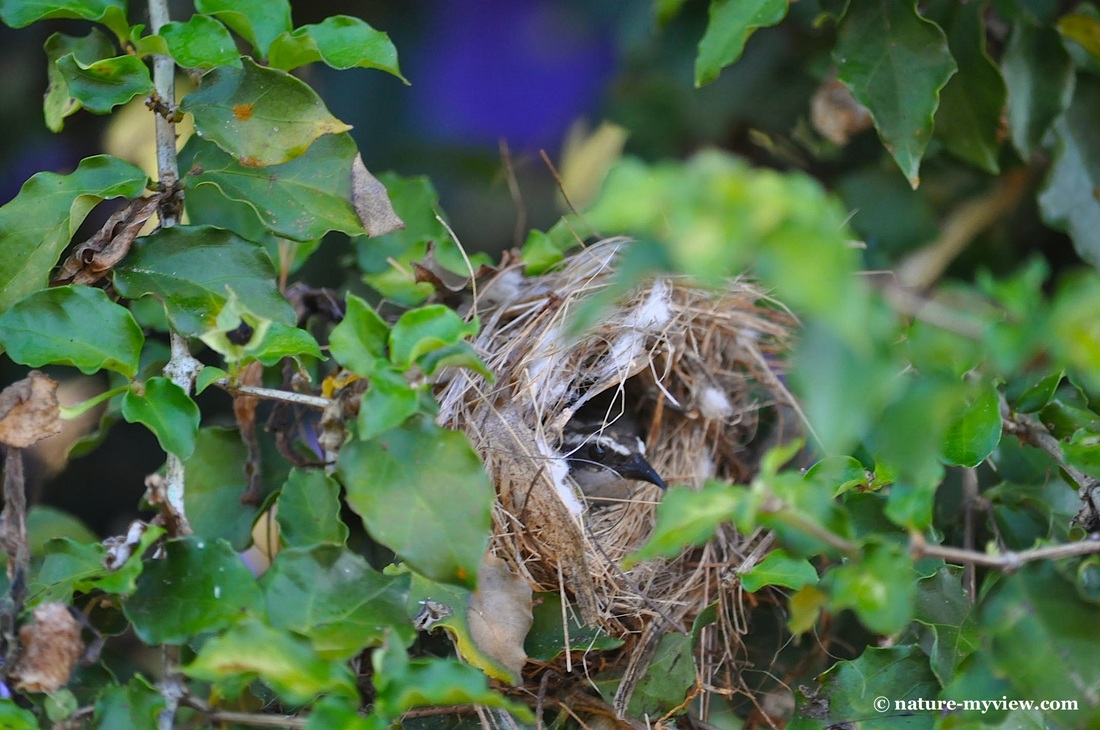
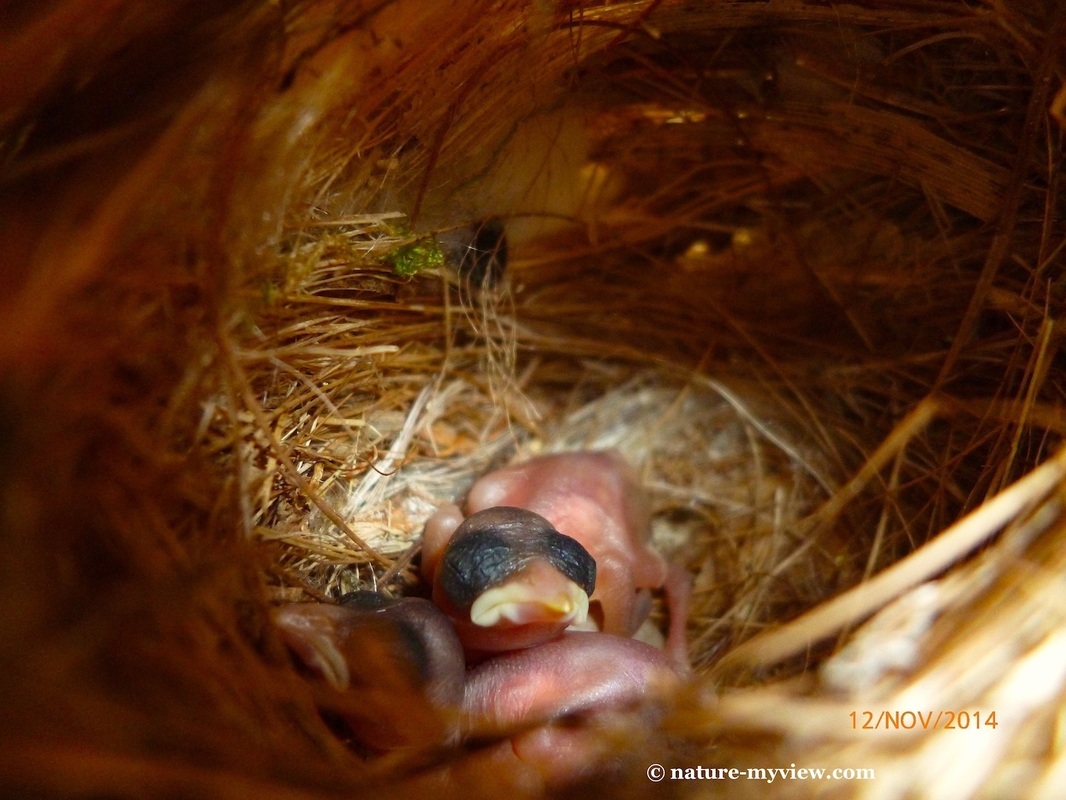
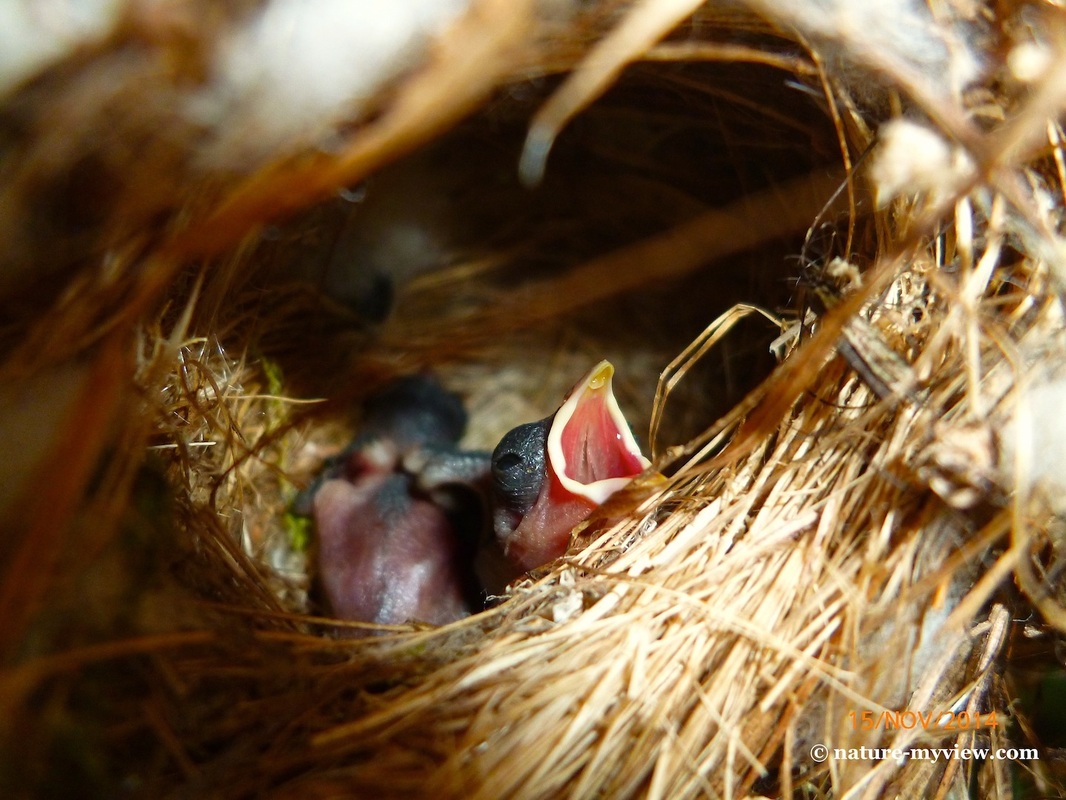
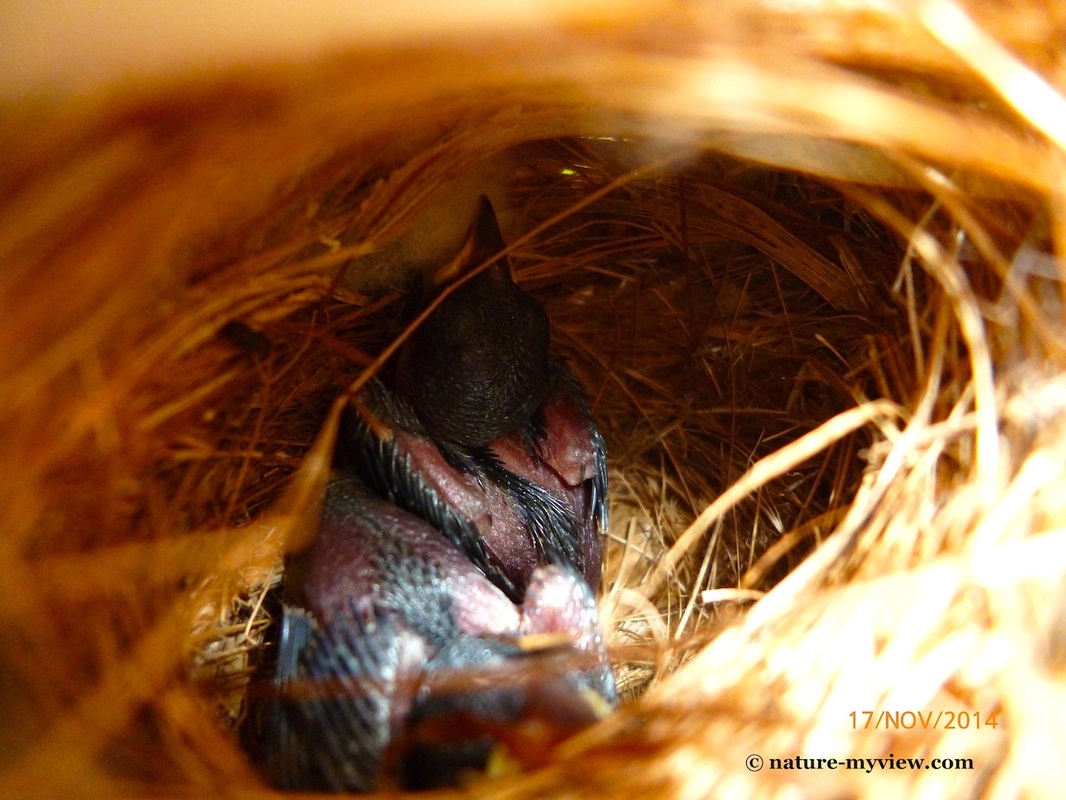
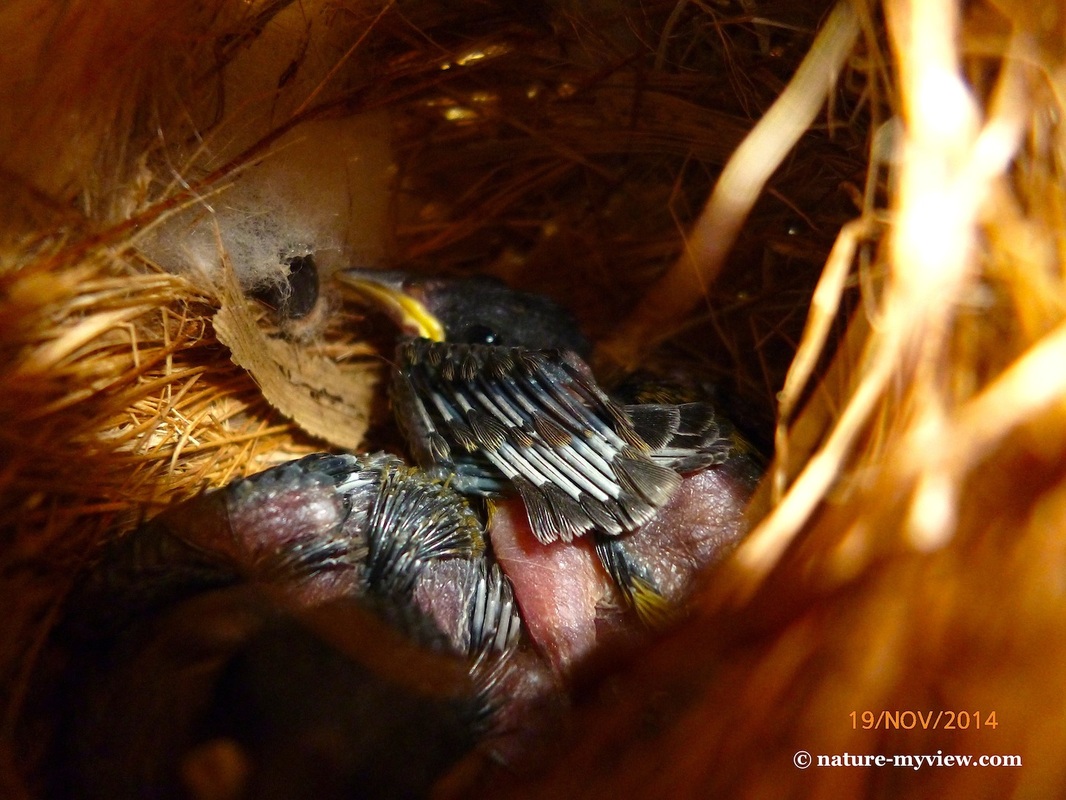
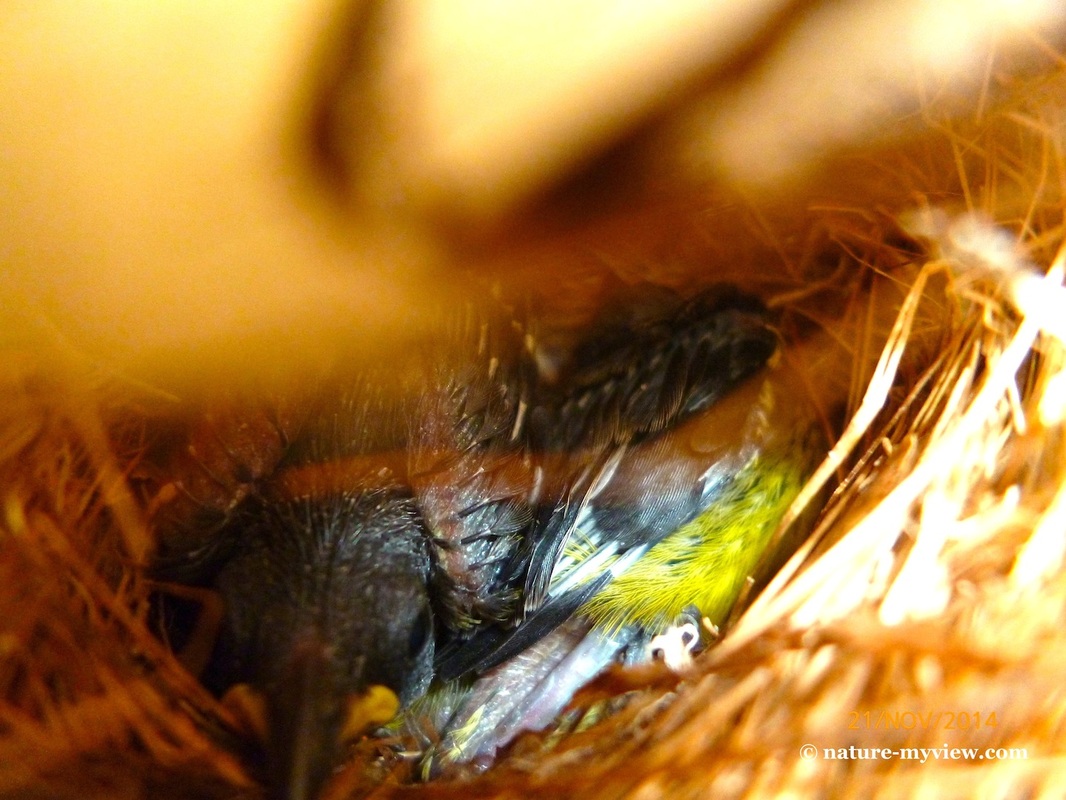
 RSS Feed
RSS Feed